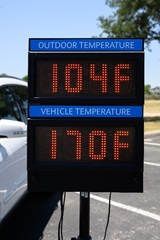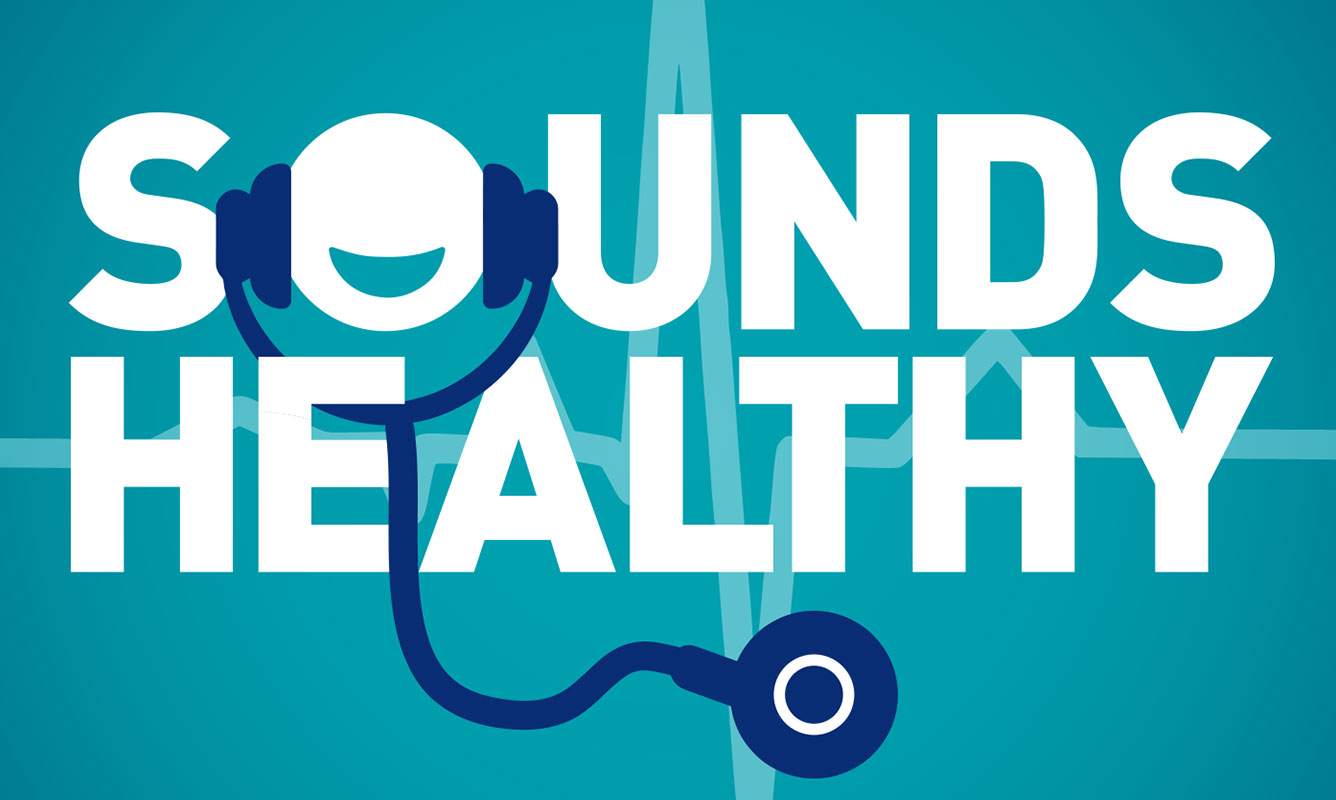Stay safe this July Fourth holiday - prevent and respond to heat-related illness
As temperatures have soared into triple digits and humidity has made us feel even hotter, patients overcome by the heat have kept emergency medical teams in San Antonio and South Texas very busy.
Those at greatest risk for heat-related illness include children ages four and under, senior citizens, people with chronic medical conditions and those taking certain medications.
But, make no mistake – anyone exposed to excessive heat for long periods can be at risk for serious illness or death.
Dr. Ralph Riviello, chief of the University Health Emergency Department and chair of emergency medicine at UT Health San Antonio, has compiled the following checklist for preventing heat-related illness and responding quickly when heat is compromising someone’s health.
Five warning signs that indicate you are at risk for heat-related illness:
- Excessive sweating
- Fatigue or lightheadedness
- Fast heart rate
- Muscle cramps
- Thirst
Symptoms for seeking immediate medical attention:
- Change in behavior: confusion, seizure, loss of consciousness
- Lack of sweating
- Body temperature greater than 103 degrees
- Throbbing headache
- Red hot skin
- Dry tongue or severe thirst
How to prevent heat-related illness:
- Do outside chores and activities in the early morning or later afternoon and evening
- Wear loose fitting, light color clothes and natural fabrics
- Wear a hat and sunscreen to prevent skin cancer
- Drink plenty of non-alcoholic fluids – water, sports drinks or electrolyte solutions
- Do not consume caffeine or alcohol
- Take frequent rest breaks – inside if possible
- Check on the elderly, family or neighbors who may be at risk
Take action if you see someone in trouble
The temperature inside a locked vehicle can rise quickly. Cracking the windows does not help minimize the risks. A child left unattended in a locked vehicle may not survive.
If you notice a child left unattended in a locked vehicle, do the following:
- Look around or call out for the child’s caregiver
- Call 911 to report the incident
- Get the child out of the vehicle. You may need to break a window.
- Follow instructions from the 911 operator to help the child while you wait for emergency medical professionals to arrive

“The temperature inside a locked vehicle can rise 80% in as little as 10 minutes,” said Jennifer Northway, director of adult and pediatric injury prevention at University Health. “Removing the child from the vehicle can save their life. Good Samaritan laws protect individuals when they are acting in good faith to save the life of another person.”
Thank you for sharing these safety measures and information as we work to protect our families and friends during these periods of excessive heat. To learn more, visit us at Heatstroke Prevention | University Health.


